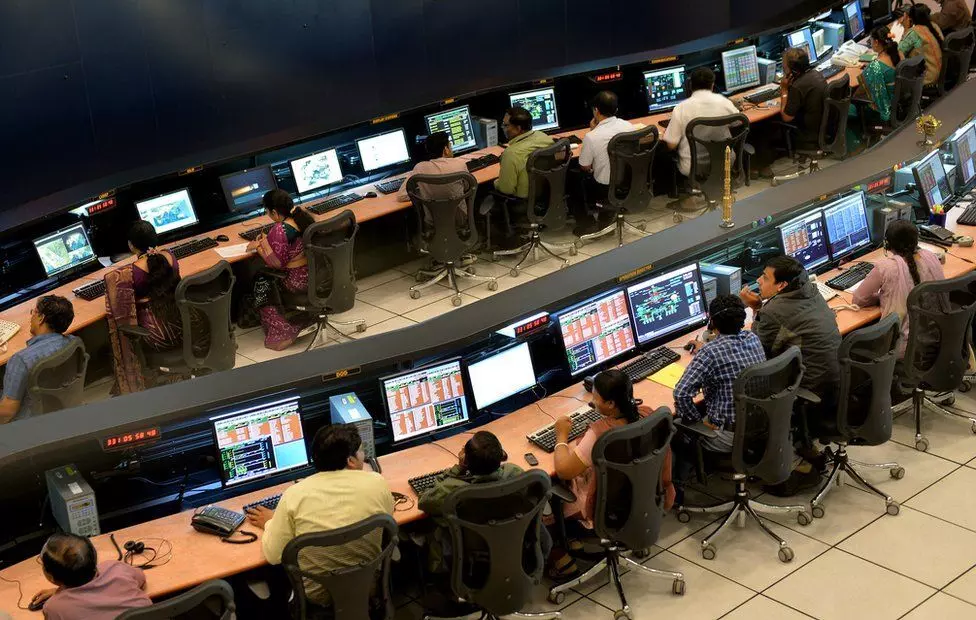
Historical moment
text_fieldsIndia has written a new chapter in the history of space exploration. At the end of a 39-day-long journey, Chandrayaan-3's lander Vikram has safely soft landed on the lunar surface - that too on the south pole of the Moon which has not been touched by any other nation. It is hoped that the findings of Chandrayaan-3 will provide the scientific community with new perspectives and information. In a way, this achievement is not surprising. In this century, India is at par with the leading technological powers of the world when it comes to space exploration and research. In the last 20 years, none of the major missions by ISRO (Indian Space Research Organisation) has gone off the mark. The world has seen India acing Chandrayaan-1 (2008), Mangalyaan (2014), and Astrosat (2015). The only exception was the failure in Chandrayaan-2's soft landing in 2019. And the preparations related to Chandrayaan-3 included the lessons from past failures. It became a success because ISRO scientists moved forward with precision and patience. At this historic moment, the thousands of scientists at ISRO who brought colours the boundless and sky-high dreams deserve kudos and appreciation.
The Pragyan rover inside the lander will soon roll out to the south pole and conduct experiments and observations. This will mark the beginning of a new chapter in the research related to the moon. In this area, the first man-made object to carry out studies is Pragyan. For that reason, the findings of this rover are crucial for the scientific community. There are two main payloads in the rover - alpha particle x-ray spectrometer and laser-induced spectroscope. The former is meant to study the minerals on the lunar surface and the latter to study the rocks and soil on the south pole. It is assumed that there is a lot of magnesium, aluminium, silica, potassium, calcium, titanium, and iron on the south pole. Pragyaan will try to estimate the percentage of these elements and the results will be a big deal for the scientific community. It has already been proven that Helium-3 is abundant on the moon. This isotope is a clean nuclear fuel free from impurities and Chandrayaan-3's mission also includes bringing sthi to earth. If this distant goal is achieved in the future, it will be a major solution to the energy crisis on Earth. That means, India's lunar mission has other such economic and related dimensions than just studying the inception and evolution of the solar system.
After a dozen humans landed on the moon, the scientific community's focus shifted to Mars and some asteroids. Then it moved to the space station and trips to that. However, this has changed in recent times. In the past 12 years, NASA alone carried out five lunar missions. At the end of it, they are now focused on taking a human being to the moon via the Artemis mission. China is closely following the same goal. Beijing sent a robot to China four years ago. In December 2020, China's Chang'e 5 brought stones and soil from the moon. Japan and the European Space Agency are also working on new missions. In the meantime, a few missions including Russia's Luna met with failure too. In a way, a competition is happening in space exploration and it is reminding people of the old space race. Chandrayaan missions are definitely part of this lunar race. However, the entire human race is entitled to the benefits of the knowledge gathered via these missions and for this very reason, it is basic decency not to celebrate these achievements on the basis of party politics or narrow nationalism. Therefore, at this hour of national pride, the attempt should be to elevate scientific achievements to the horizons of global humanity.







